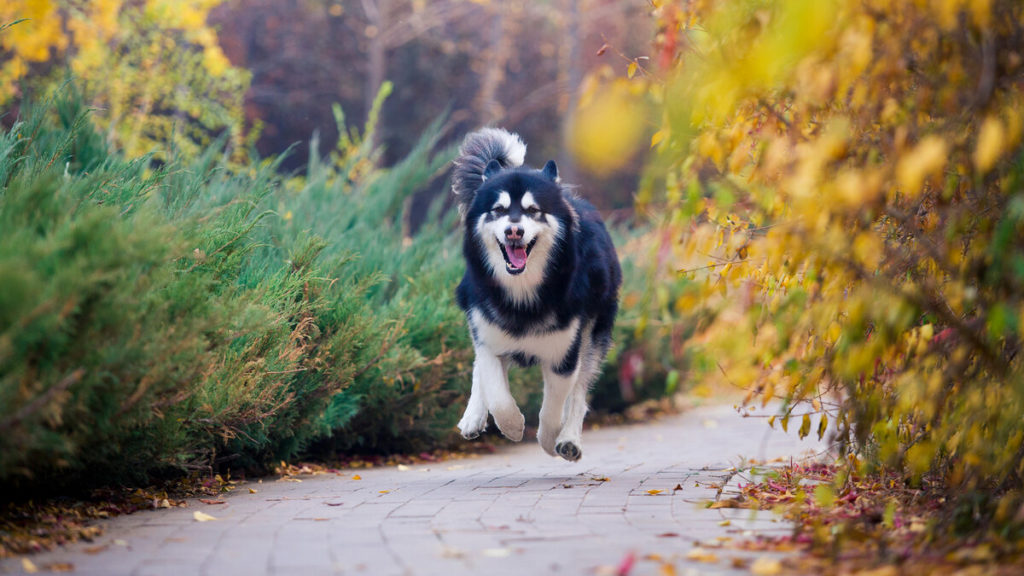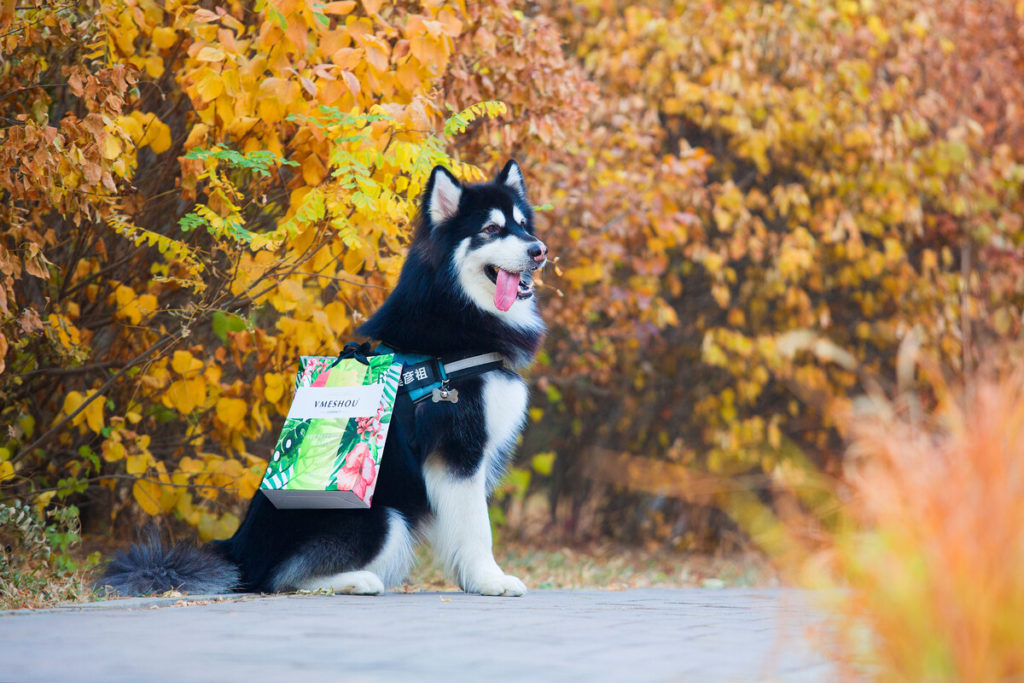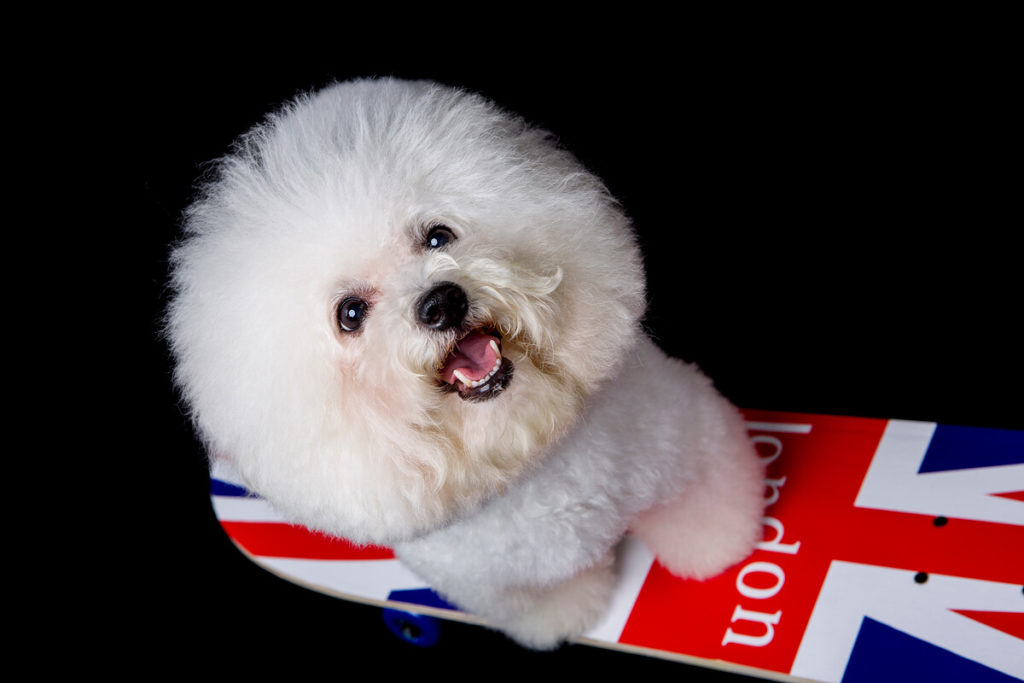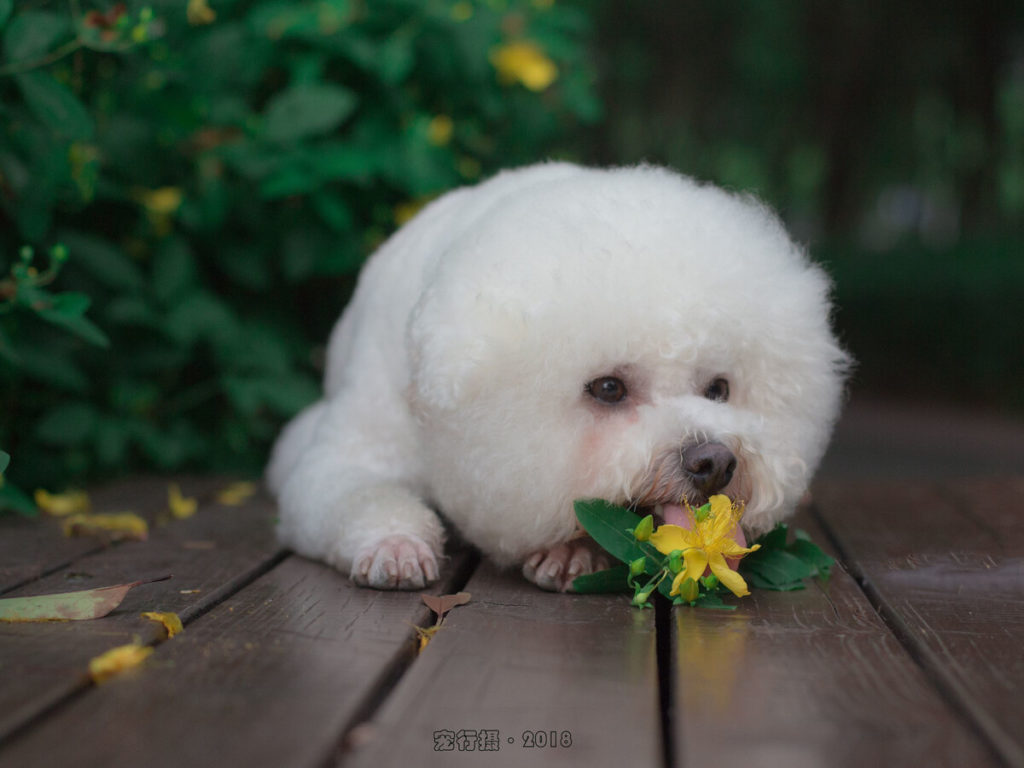Before bringing home your Husky you need to get the basics down, and probably the most important of all is what to feed them. Huskies are big dogs with big appetites and will usually eat anything and everything you put in front of them, but this quickly leads to problems with weight gain and may put their health at risk.
In this guide, we’ll talk you through the dos and don’ts of feeding a Husky to make sure they get all the nutrients they need to keep them happy and healthy.
What to avoid
The biggest no-no when it comes to feeding your Husky is allowing them to beg at your feet whilst you are eating your own meal. Huskies are a greedy breed and will happily eat anything that’s given to them, and they know very well how to get scraps from you!
Huskies are professionals at using their big brown eyes to convince you into sharing with them, and their stubbornness makes them very persistent. You must not give into them though, as difficult as it may be, as Huskies are a pack breed and succumbing to their wishes may lead to them becoming the alpha of the household.

Not only can sharing food with them lead to hierarchy problems within the home, but human food in general is not good for your Huskies stomach. Our food is processed and often has a high salt content which is a bad combination if you’re trying to maintain a healthy weight for your Husky. Some foods that humans consume daily without a problem are even toxic for dogs and may lead to diarrhoea, sickness or health complications. You should avoid allowing your Husky to consume the following, even in small amounts:
- Alcohol
- Seeds and nuts
- Caffeine
- Garlic and garlic powder
- Grapes
- Raisins
- Onion and onion powder
- Foods that contain artificial sweeteners
- Chocolate
- Milk and dairy products
- Cooked bones
- Candy and gum
If you are concerned that your dog has eaten any of the above, contact a vet for further advice.
We’re not saying we’re perfect, we definitely give into those big puppy dog eyes every once in a while! If you’re going to do the same we recommended making your Husky wait until you’ve completely finished your own food and making them perform a few of their known skills beforehand (sit, paw, lie down) to maintain some dominance over them. Limit what you’re giving them to the equivalent of a single human mouthful and never let them finish all of your leftovers!
Should you free feed your Husky?
‘Free feeding’ is a method for feeding pets where a bowl of food is left out so that the pet has constant access and can eat at any time. The bowl is continuously refilled when it gets low so the pet can eat as much as they desire throughout the day.
It’s probably unsurprising that this method really only works for animals that are not interested in stuffing themselves at any given opportunity and it is most often used for cats that come and go into the house as they please. Unfortunately, Huskies definitely do not know their limits when it comes to eating and will eat everything you give them. This is normal Husky behaviour and stems from their origins in arctic climates where food is often scarce and every opportunity to eat must be acted upon.

As always, there are examples of Huskies who have been trained to free feed successfully but these are few and far between, and we personally don’t recommend the time it takes to achieve this. Huskies are best eating on a regular schedule to maintain their weight and to prevent any sickness and diarrhoea that comes with the inevitable over-eating.
You can read more about free-feeding Huskies here.
How often should you feed your Husky?
Before jumping into this its important to know that all Huskies are different and what works for one may not work for another. That being said, Huskies are usually fairly easy to get into a regular eating schedule thanks to their past as working dogs. Some Huskies may be stubborn about their eating habits and refuse to eat at mealtimes but in our experience this is often a problem with the food itself rather than the schedule.
So, when should you feed your Husky? Well, it depends! Our recommendation for the average, non-working Husky is simply twice a day, once when you wake up in the morning and once in the afternoon. Everyone’s personal schedules are different but we recommend leaving around 7 to 8 hours between the feeds to give them enough time to fully digest their food and make sure that they don’t get too hungry through the night.
Other dog breeds may only require one meal a day to keep them going but Huskies are a large and deep-chested breed making them much more susceptible to canine bloat, a potentially life-threatening problem in which a dog’s stomach becomes twisted and fills with gas.

Huskies benefit greatly from being fed two smaller meals throughout the day to give them sufficient time to thoroughly digest their food before receiving their next meal. There are several things you can do to help reduce the risk of your Husky getting canine bloat and you can read about our recommendations here.
Working Huskies will require a larger amount of food at mealtimes to maintain their weight and blood sugar levels but two meals a day is still adequate. To avoid canine bloat, their meals should be offered at least an hour before any intense exercise is performed to give your Husky chance to start digesting it.
Elderly Huskies
It’s a sad fact of life that eventually your Husky will become an elder, and this may mean having to change their feeding habits to better accommodate for them. Elderly Huskies are usually less active and burn fewer calories throughout the day meaning they require less food to keep them going to prevent them from becoming overweight.
You may also find that as your dog becomes older, their sense of smell and taste declines and they become less willing to eat. In this case, we recommend splitting their daily food allowance into 3 or 4 meals throughout the day and giving them up to half an hour to finish their meal before taking away any leftovers. This way your Husky will have plenty of chance to take in the food they need at their own pace without feeling rushed to eat it all.
Husky Puppies
Husky puppies have a lot of growing to do in their first year of life and making sure they’re eating enough and at the right times is vital for their development. Puppies actually need to eat more food per kg of body weight than adult Huskies but their undeveloped digestion system means their meals need to be split up throughout the day.

Once a puppy has weaned (which should be from the time you get them) they should be eating up to 4 small meals at 4-5 hour intervals throughout the day to prevent their bowels from holding too much food at once. By the time you bring them home, your puppy’s digestive system should have slowed enough to allow them to manage up to 8 hours through the night without food meaning you can still get a good night’s sleep without worrying they’re going hungry – just remember to leave them with access to water at all times!
As your Husky grows up, their meals should slowly increase in size and decrease in frequency so that they are eating the two daily meals as recommended for adults.
Snacks and treats
From time to time its perfectly okay to treat your Husky, especially if its to reward good behaviour and during training. Huskies are very food motivated and a few treats will go a long way when it comes to making them more obedient!
As previously mentioned, Huskies and human food are not a good mix and so the treats you give them should ideally be made for dogs. Always follow the recommended serving size on the packet to avoid overfeeding as treats tend to be more calorie-dense than their regular food.

You should always try to avoid giving your Husky treats at the same time that you are eating as this may promote alpha behaviours that can quickly get out of control! Ideally, you should be giving out treats at a separate time to when you are eating and always make them work for it even if it’s as simple as making them sit down.
Just like with us humans, Huskies should have treats in moderation but as long as they are maintaining a healthy diet and exercise schedule there is no reason to avoid them completely!




